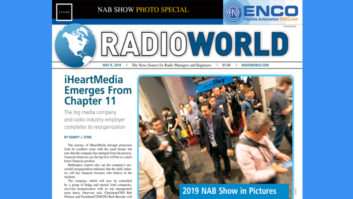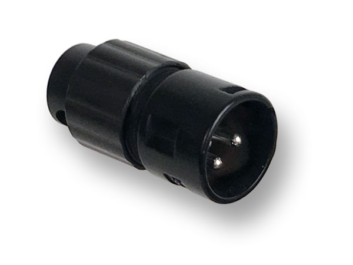
There are a lot of instances in which large bulky XLR connectors just won’t do — when working in tight spaces or trying to minimize the “footprint” of the connector, especially in our age of video in the studio.
Switchcraft has designed a series of low-profile male and female XLR connectors, part numbers AAA3F-BLP for the female and AAA3M-BLP for male connectors.
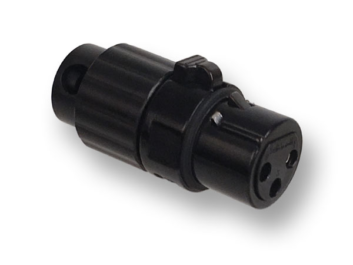
Broadcast supplier Pro Audio, formerly Crouse-Kimzey, has been featuring these connectors and has them in stock. Shown in Figs. 1, 2 and 3, the connectors sell for $5.99 each.
If you’re not on the ProAudio email list, learn about new products like this by calling them at (800) 979-3311 or visit www.proaudio.com.
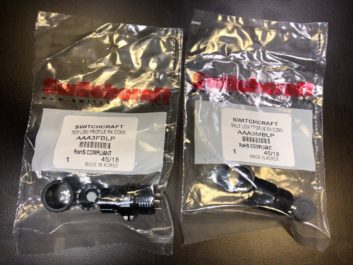
***
Now, with your new low-profile XLRs in hand, you can get ready to solder them up.
At my Workbench presentations, I’ve shown pictures of a “third hand” using a spring-clip office clipboard. You use the spring clip to secure the connector body. The clip holds the connector secure as you solder the wires.
I’m quick to remind you not to forget to put the wires through the outer shell before soldering. None of us has ever done that before (yeah, right).
Some of my best soldering jobs were completed with the connector shell lying on the workbench. Talk about frustrating.
***
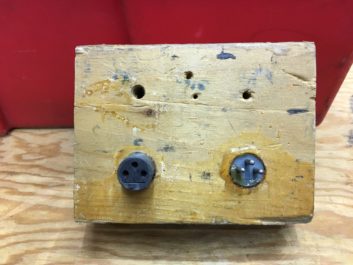
Tommy Holmes is market chief engineer for Cumulus Media in Columbia/Jefferson City, Mo. He writes with a suggestion he calls the “backwoods engineer’s third hand.”
He says his former co-worker Lloyd Collins, CPBE, now retired, came up with the gadget pictured in Fig. 4 about 15 years ago. The block of scrap wood holds the connector ends of a male and female XLR. Cost: about 25 cents — not including the connector cores.
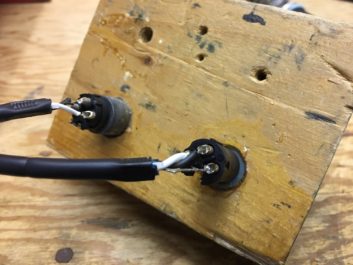
Drill a couple of holes, add some epoxy to hold the connectors in place and simply slip the connector to be soldered onto the appropriate plug as shown in Fig. 5. It’s not very pretty, but it works like a charm.
***
Frank Hertel, principal engineer with Newman-Kees RF Measurements and Engineering, comes up with some amazing finds. His most recent tip is a case in point.
Frank subscribes to the free Analog Devices Analog Dialog newsletter, which has been published monthly since 1967, the second year after the founding of the company. It exists as a forum for exchanging ideas on real-world circuit design.
In the June 2018 issue, Frank writes that readers will find details on building a pocket-sized “white noise” generator, used for checking equipment frequency response.
Aaron Shultz is an applications engineering manager with Analog Devices; he co-authored the article with independent instrumentation consultant Peter Haak. In addition to the generator project, the article covers a number of “why” questions regarding white noise in audio circuit measurement.
You can obtain your free weekly copy of Analog Dialog by clicking the “subscribe” tab at the link above.
Contribute to Workbench. You’ll help fellow engineers and qualify for SBE recertification credit. Send Workbench tips and high-resolution photos to [email protected].
Author John Bisset has spent over 50 years in the broadcasting industry and is still learning. He handles Western U.S. Radio Sales for the Telos Alliance. He is SBE certified and is a past recipient of the SBE’s Educator of the Year Award.
[Subscribe to our newsletter and get it delivered right to your inbox.]





